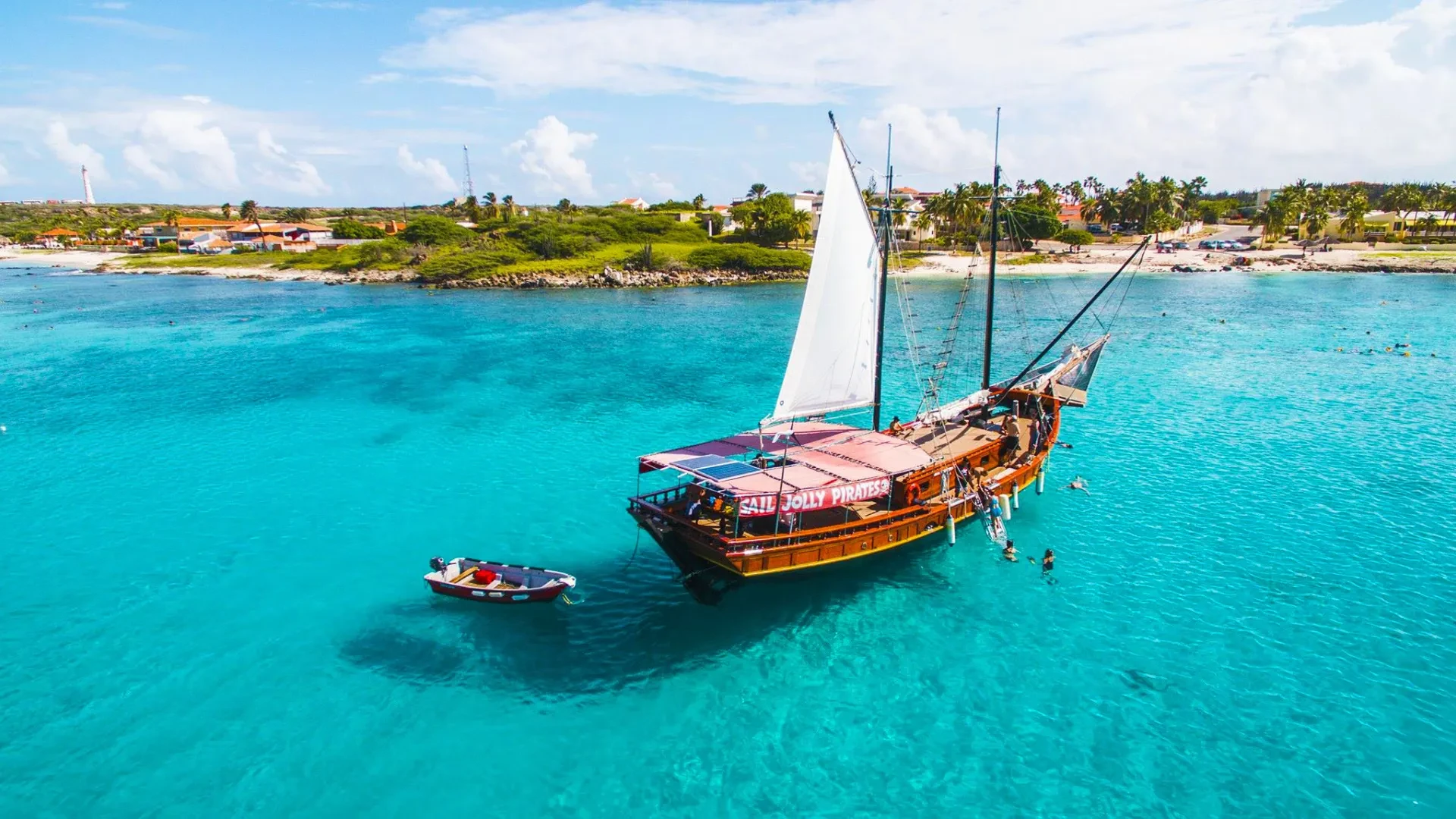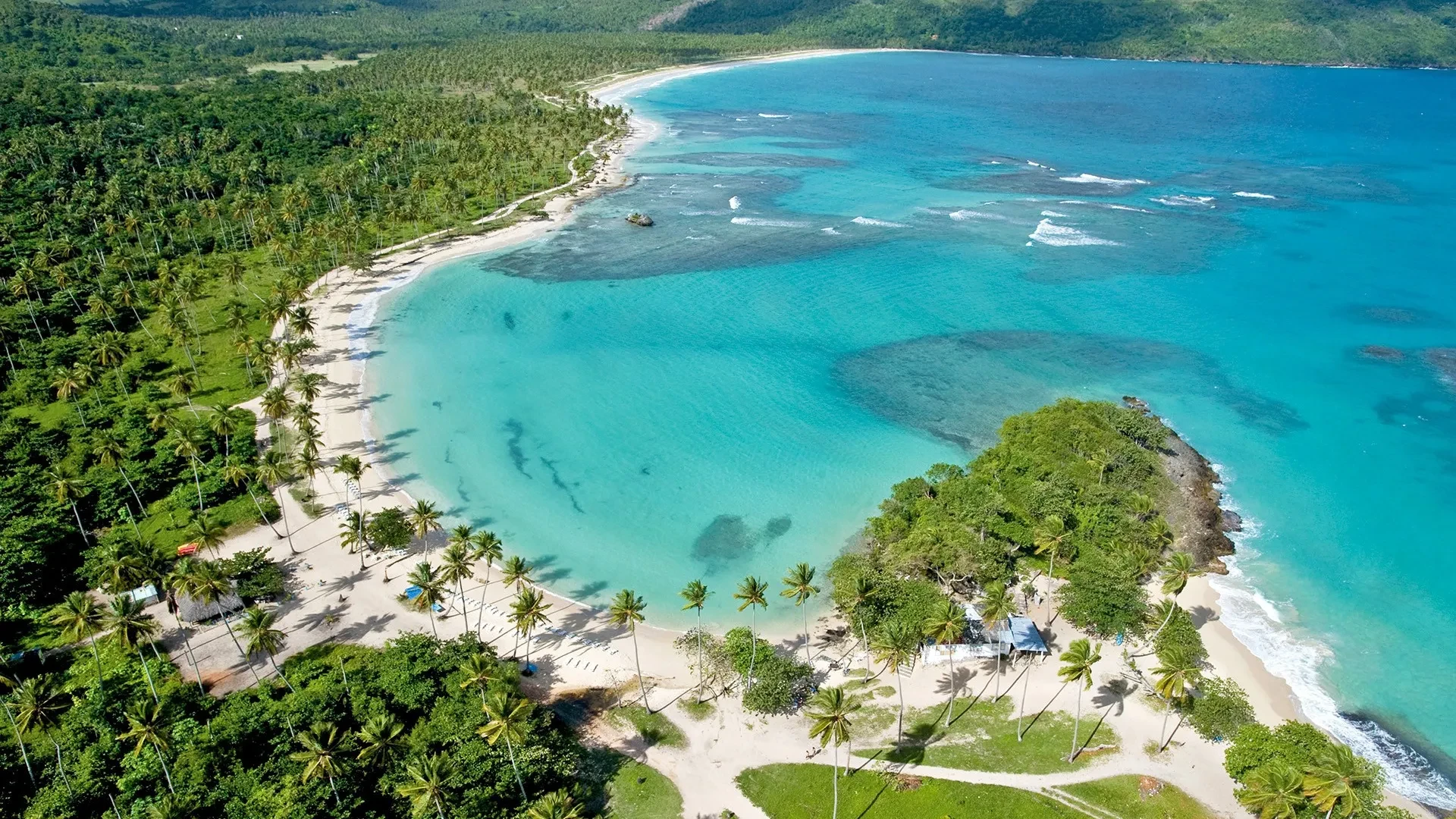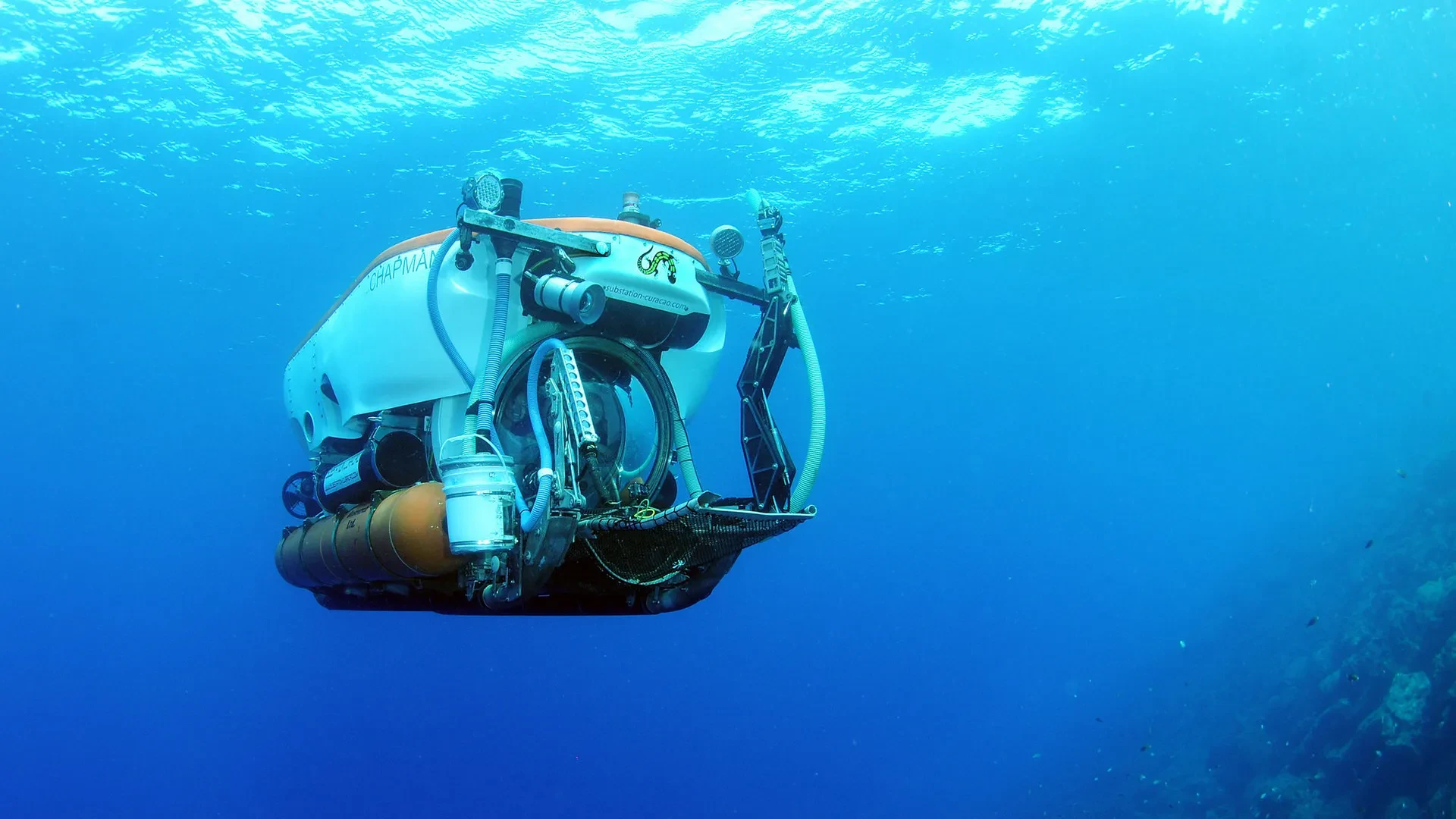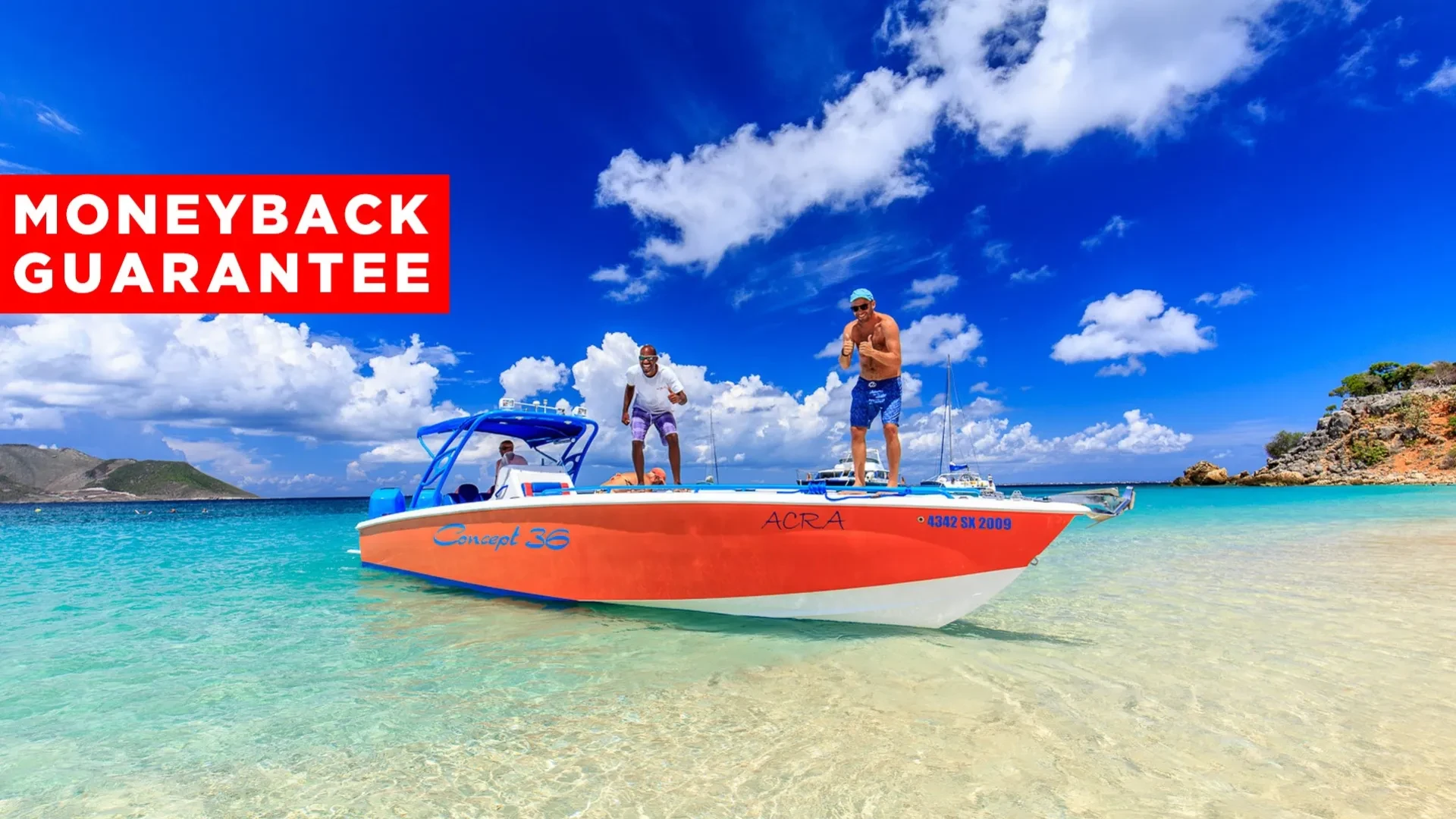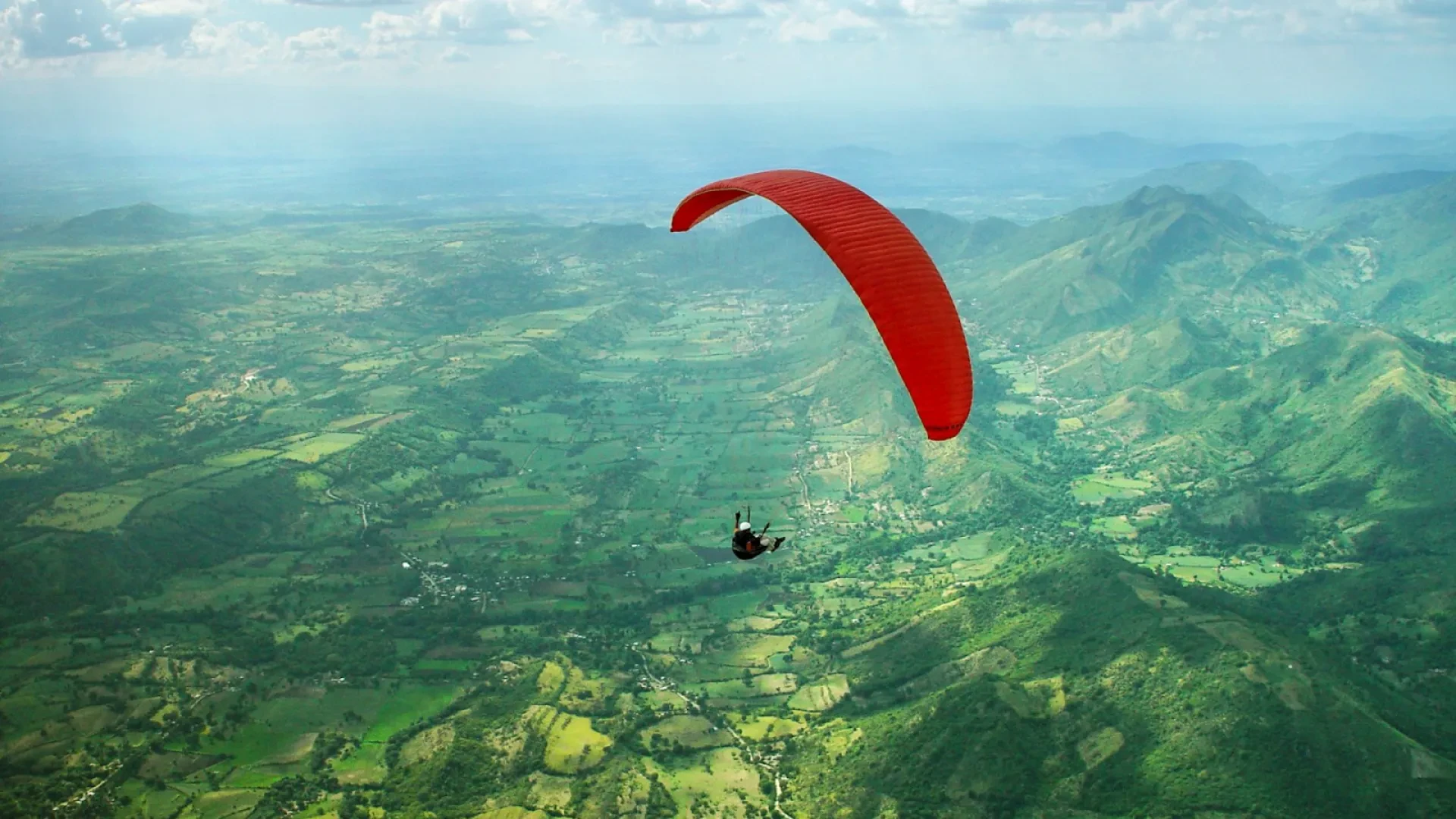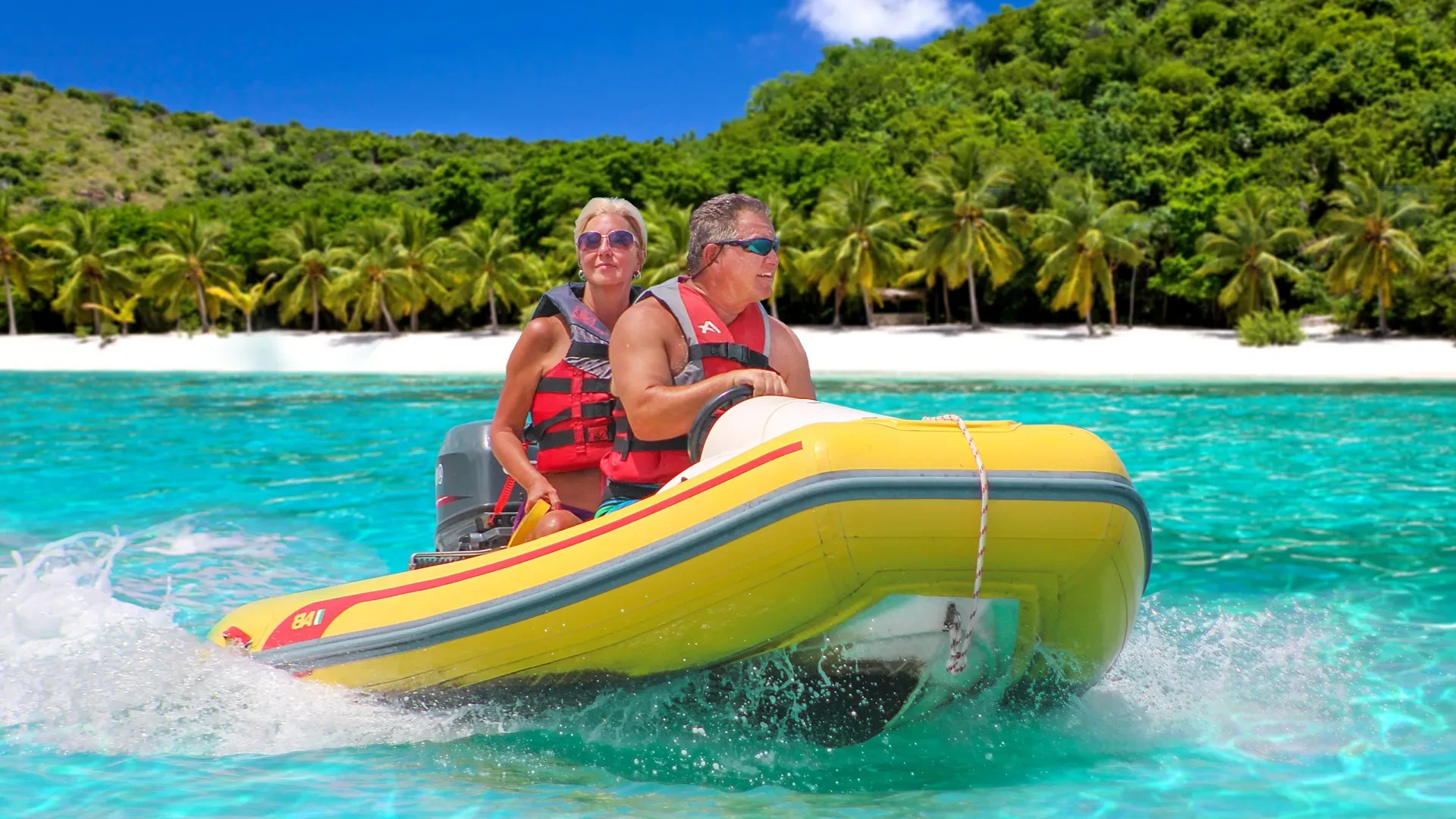Levente
August 27.
Been there. Done that.
Been there. Done that.
August 27.
You can immerse yourself and become one with nature at beach campgrounds. From stargazing under a clear night sky to enjoying the gentle sea breeze, the experience is magical and refreshing.

It's the perfect outdoor activity for nature lovers, adventurers, families, couples, and friends. Just make sure you have a sturdy tent and layered clothing, check the weather forecast, bring ample water and food, and you are good to go! Read on to find out what you need to bring for beach camping in 2025 and learn some basic survival skills.
Glamping combines "glamorous" and "camping," offering luxury outdoor accommodations with amenities like real beds and electricity for a comfortable nature experience. Camping, however, is a more traditional outdoor activity involving tents, sleeping bags, and minimal amenities, emphasizing a closer connection to nature with fewer comforts.
 |  |
Packing wisely is crucial for a successful beach camping trip. Here’s our list to ensure you have everything you need:
When selecting the best beach tent for a holiday weekend, consider factors such as size, weight, and weather resistance. A lightweight, waterproof tent with good ventilation is ideal. Traditionally, you have 3 options when it comes to tents:
There are even more tent types, such as bell tents, teepee tents, A-frame tents, pyramid tents, hammock tents or rooftop tents that you can install on the top of your car. However, for practical reasons, to find the best beach tent for camping, you should choose one from above.
 |  |
To set up your tent at beach campgrounds, find a flat, elevated spot to avoid high tides. Clear away any sharp objects, then lay down a tarp for additional protection. Secure the tent using sandbags or stakes designed for sandy terrain to ensure it remains stable against coastal winds.
Pro tip: Always, and I mean always, set up your tent in shade because it gets very hot very quick from the first rays of the sunrise, even the so called fresh & black tents. Also make sure that falling coconuts are not going to be an issue at night.


Creating a bonfire or campfire can enhance your beach camping experience, providing warmth, light, and a great spot for socializing and cooking. Here’s how to make campfire safely and responsibly:
1. Check Regulations
Before starting a fire, double-check with local authorities or park management to ensure that bonfires or campfires are allowed on the beach. Many beaches have specific rules and designated fire pits.
2. Choose a Safe Location
Set up your fire in a designated fire pit or a clear area away from flammable vegetation and structures. Ensure the fire is far enough from the waterline to avoid being extinguished by high tide.
3. Gather Materials
Collect or purchase dry, seasoned wood. Avoid using driftwood as it can release harmful chemicals when burned. Gather small sticks, leaves, and paper to start your fire. Make sure you have a reliable ignition source like matches or lighter.
4. Prepare the Fire Pit
If there’s no designated fire pit, dig a shallow pit in the sand and surround it with rocks to contain the fire. Remove any debris or flammable materials within a 10-foot radius around the pit.
5. Build the Fire
Place tinder in the center of the pit and arrange kindling in a teepee shape around it. Once the kindling catches fire, gradually add larger pieces of firewood in a crisscross pattern to maintain airflow.
6. Maintain the Fire
A smaller fire is easier to control and safer for the environment. Never leave the fire unattended. Keep a bucket of water or sand nearby to extinguish it if necessary.
7. Extinguish the Fire
Pour water on the fire, stirring the ashes until they are cool to the touch. Ensure no embers are left smoldering. If water is unavailable, use sand to cover the fire completely.
8. Leave No Trace
Remove all trash and debris, and ensure the fire pit is restored to its natural state if it was not a designated one.
Setting up a BBQ on the beach can add a delightful culinary experience to your camping trip. Here's some tips for beach BBQ:
Beach camping with kids can be an absolute joy, especially with a variety of games to keep them entertained. Here are some fun and engaging games you can play:

Encourage creativity and teamwork by having a sandcastle building contest. Provide buckets, shovels, and molds to help kids create their sandy masterpieces.
Create a list of items for kids to find around the beach, such as seashells, driftwood, or specific types of rocks. This game encourages exploration and observation of the natural surroundings.

Plan a treasure hunt with clues leading to small hidden treasures around your campsite. This game is great for adventure and problem-solving skills. You can try to bring a real metal detector to find real treasure in the sand.
A windy day should not ruin your day. What's more, it's the perfect opportunity to fly a kite. Kite flying on the beach is a budget-friendly and fun activity for both kids and adults. You wouldn't believe, but it is also a great excercise for hand-eye coordination and gross motor skills.

As the sun sets, give each child a glow stick and play a game of hide and seek. The glow sticks add an exciting twist to this classic game and keep everyone visible. But make the rules clear right away: Hiding the stick under clothing is cheating!
Bring along a beach ball for games like volleyball, catch, or keep it up. These activities are excellent for burning off energy and improving coordination.

Gather around the tent and take turns telling stories. You can start a story and let each child add a part, creating a fun and imaginative group tale. Might not be the best idea, but no campfire storytelling is complete without some spooky tales so come prepared.

Seek Out Bioluminescent Bays. Some areas in the Caribbean, such as Mosquito Bay in Vieques, Puerto Rico, are known for their bioluminescent waters. Plan a nighttime kayaking or swimming adventure to experience this magical phenomenon.
The tiny glowing organism are called Dinoflagellates, or in short: “dinos”. They can be found on many beaches (even if just a few), so keep your eyes open. It can be a fun game with kids to go on a "dino hunt" at night.
Walk down the beach at night and look for turtles who usually come out of the sea to lay their eggs after sunset. If you are lucky, you may encounter baby turtles hatching. Don't touch them though, and don't use flashlight as small turtles may mistake it for the moon and won't find their way into the sea. If your flashlight supports it, use red light.
 |  |
Follow these tips to enjoy a mosquito-free beach camping experience in the Caribbean.
For obvious reasons, we can't list all the beaches where you can set up your tent in the Caribbean but here are a selected few of the best beaches to camp at.
Known for its golden sands and turquoise waters, Anse de la Perle is perfect for those looking to escape the crowds. The beach is surrounded by lush greenery, providing a serene backdrop for your camping adventure.
Often listed among the world's best beaches, Flamenco Beach offers soft white sands and calm waters ideal for swimming and snorkeling. The designated camping area ensures you’re close to nature while enjoying basic amenities.
This hidden gem on Jamaica’s south coast is ideal for a laid-back camping experience. The rustic charm and friendly locals make it a favorite among campers seeking an authentic Caribbean vibe.
With its crescent-shaped shoreline and clear waters, Magens Bay is a picturesque spot for camping. The beach is well-maintained, and amenities like restrooms and picnic areas add to its appeal, and you can even enjoy some surfing if conditions are right.
If you want to go beach camping in St. Maarten, try Petites Cayes on the French side of the island. It is tucked away in a remote area called “Wilderness” by locals. It's facing Anguilla which will give you a great view and if you are a professional surfer, it has some of best waves. You can also hire a boat and go over to Tintamarre island to beach camp where you will find excellent snorkeling.
Interestingly, Aruba has a camping season called Campamento when local families gather on the beach often causing surprise to foreign visitors. You can set up your tent at any beach except Palm Beach in front of the high rise area.
Playa Guepi is the perfect place for beach camping in Curacao. It is the most remote beach on the island that barely has any visitors so it's best for couples. The place also features excellent snorkeling.

The best place for beach camping in Anguilla is the uninhabited Scrub Island where you can truly feel like Robinson Crusoe. Just ask a local fisherman to take you over and bring you back the next day. Bring plenty of water, as there is nothing on the island. Keep in mind that there is very minimal shade on Scrub Island.
Beach camping allows for a deep connection with nature. The sounds of the ocean, the sight of star-filled skies, and the feel of sand under your feet create a unique sensory experience.

Compared to staying in resorts or an RV, beach camping is a cost-effective way to enjoy the Caribbean. Many camping spots are either free or charge a nominal fee, offering an affordable getaway with no minimum stay.
So pack your picnic gear and escape the crowds to enjoy the serenity of lesser-known beaches during a holiday weekend, providing a private retreat where you can unwind and recharge.
Beach camping involves setting up a tent or shelter on a beach to enjoy coastal activities like swimming, fishing, and beachcombing.
Bring at least one gallon (3-4 liters) of water per person per day for drinking, cooking, and cleaning.
No, you cannot camp on any beach. Always check local regulations, as many beaches prohibit camping or require permits.
Fines for illegal beach camping vary but can be substantial depending on local laws and regulations. Plus you probably don't want to be waken up in the middle of the night to move your tent.
Depending on the location, you may need a camping permit or a special use permit. Always check with local authorities or park services before planning your trip.

Creating this travel magazine takes an insane amount of time and money. If you’ve found it useful and would like to support me in helping other travelers like you, your donation would go a long way. Thanks, you’re the best!
